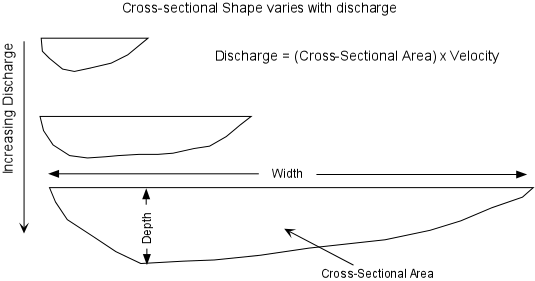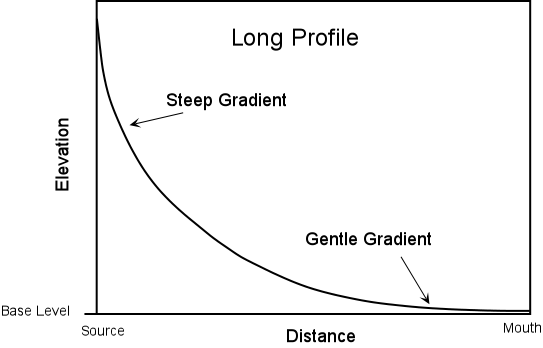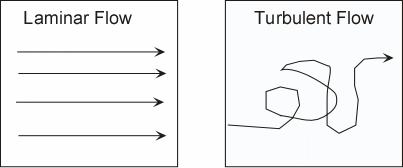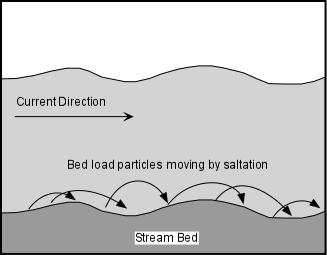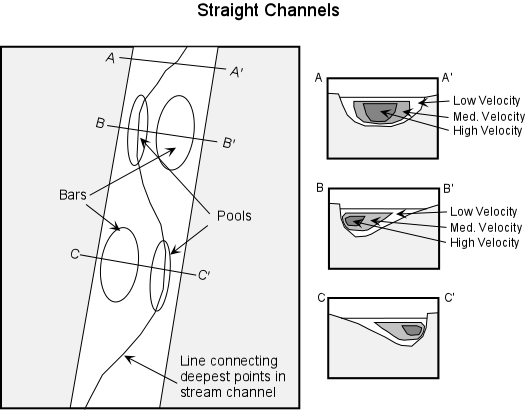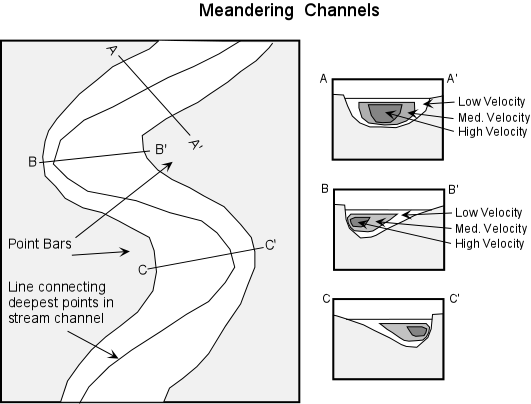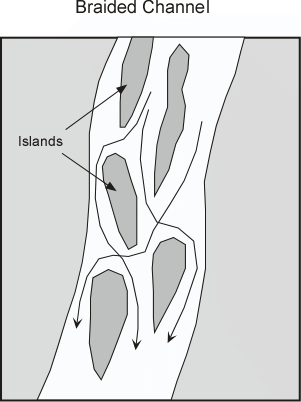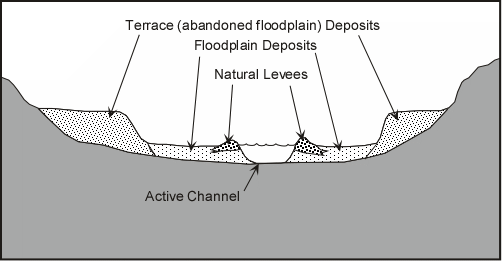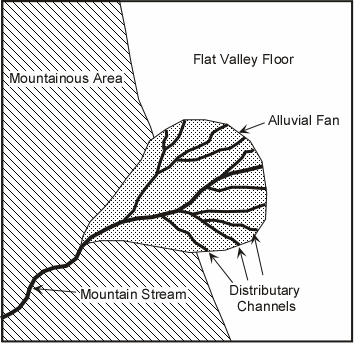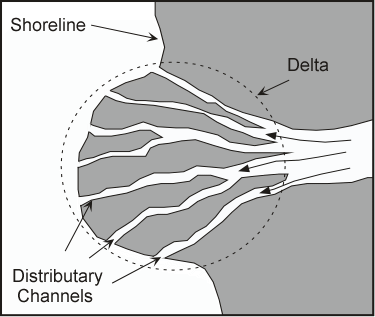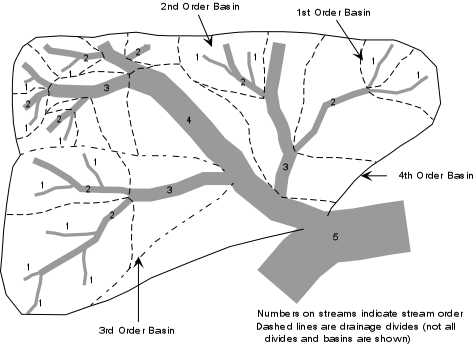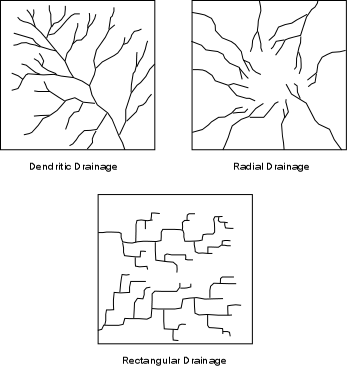|
The Role of Precipitation
Weather patterns determine the amount and location of rain and snowfall.
Unfortunately the amount and time over which precipitation occurs is not constant for any
given area. Overall, the water cycle is a balanced system. Water flowing into
one part of the cycle (like streams) is balanced by water flowing back to the ocean. But
sometimes the amount flowing in to one area is greater than the capacity of
the system to hold it within natural confines. The result is a flood. Combinations of
factors along with exceptional precipitation can also lead to flooding. For example,
heavy snow melts, water saturated ground, unusually high tides, and drainage modifications
when combined with heavy rain can lead to flooding.
Coastal Flooding
Areas along coastlines become subject to flooding as a result of tsunamis,
hurricanes (cyclonic storms), and unusually high tides. In addition, long term
processes like subsidence and rising sea level as a result of global warming can lead to
the encroachment of the sea on to the land.
Dam & Levee Failures
Dams occur as both natural and human constructed features. Natural
dams are created by volcanic events (lava flows and pyroclastic flows), landslides, or
blockage by ice. Human constructed dams are built for water storage, generation of
electrical power, and flood control. All types of dams may fail with the sudden
release of water into the downstream drainage. Spectacular and devastating examples
of dam failures include that resulting in flooding downstream include:
The St. Francis Dam, near Saugus, California, failed in 1929 killing 450
people.
The Johnstown, Pennsylvania dam, built of earthen material (soil and
rock) collapsed after a period of heavy rainfall in 1889. 2,200 people were killed
by the flood.
The Vaiont Dam in Italy (discussed in a previous lecture on
mass-wasting) did not fail in 1963, but the landslides that moved into the reservoir
behind the dam caused water to overtop the dam killing over 3,000 people.
As we have seen during Hurricane Katrina in New Orleans,
levee systems designed to prevent flooding can also fail and lead to
catastrophic flooding and loss of life.
Stream Systems
A stream is a body of water that carries rock particles and dissolved ions and flows
down slope along a clearly defined path, called a channel. Thus streams may vary in width
from a few centimeters to several kilometers. Streams are important for several reasons
- Streams carry most of the water that goes from the land to the sea, and thus are an
important part of the water cycle.
- Streams carry billions of tons of sediment to lower elevations, and thus are one of the
main transporting mediums in the production of sedimentary rocks.
|
